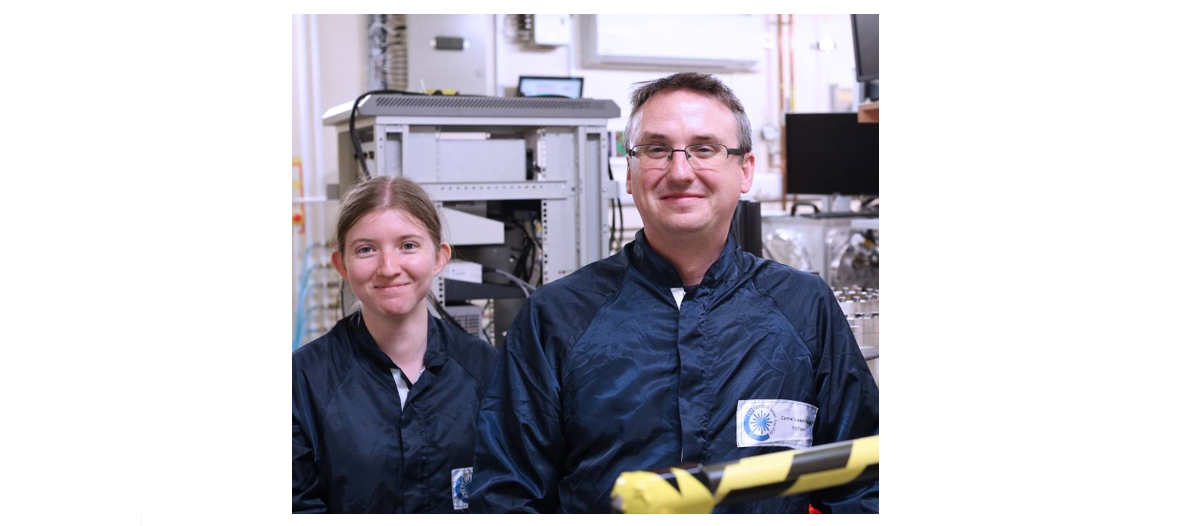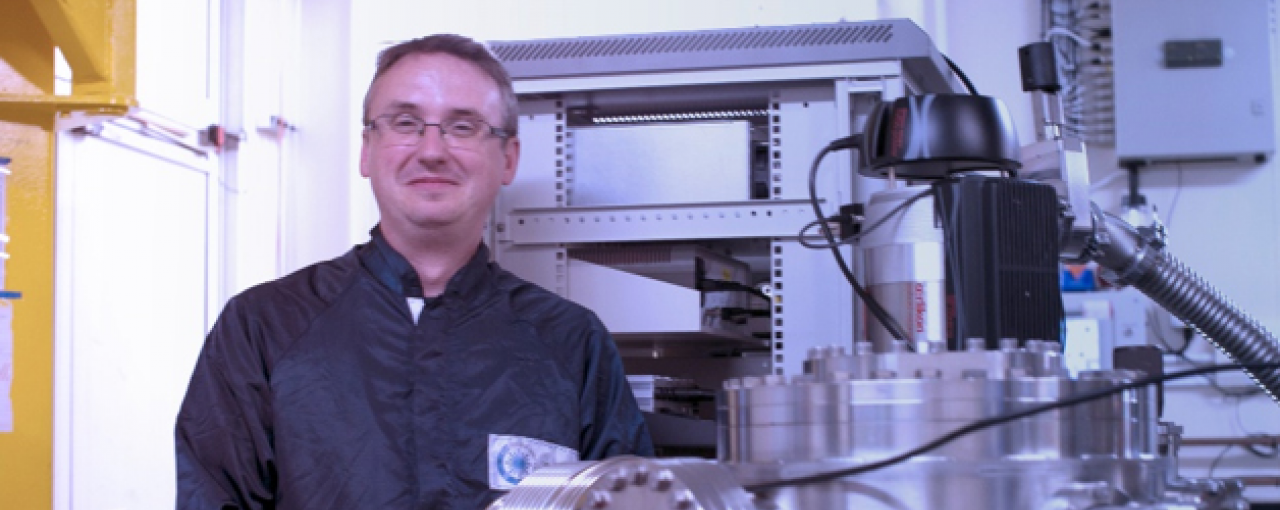Using the Artemis laser, a team from University of Southampton in collaboration with scientists at the CLF have been working to try to uncover what really happens during these extremely fast timescales.
To date, observing complex photochemical reactions has hitherto offered an incomplete picture, because most spectroscopic techniques are not able to measure key parts of the reaction at these fast timescales.
However, using Artemis - the ultrafast laser at the Central Laser Facility - a team from the University of Southampton in collaboration with scientists at the CLF have been working to try to uncover what really happens during these extremely fast timescales. Photochemical processes involve complex coupled motion of electrons and nuclei on fast timescales, leading to a dynamic flow of energy between nuclear and electronic degrees of freedom and, through competing processes, to the eventual formation of reaction products.
The team's experiment involved probing the dynamics of dissociating carbon disulphide molecules (CS2) across the entire reaction pathway upon UV excitation from Artemis' high-harmonic XUV pulses.
Using this method, Dr Russell Minns and his team managed to extend the observation window in gas-phase photoelectron spectroscopy by using a 20 eV XUV probe, which allowed them to observe electrons from all excited states and final products and work out the photodissocation pathway in CS2. This achievement has been recognised and published in the latest edition of Physical Review Letters.
The photograph shows Dr Minns with PhD student Emily Warne, who led the data analysis of the experiment, standing in front of Artemis.



